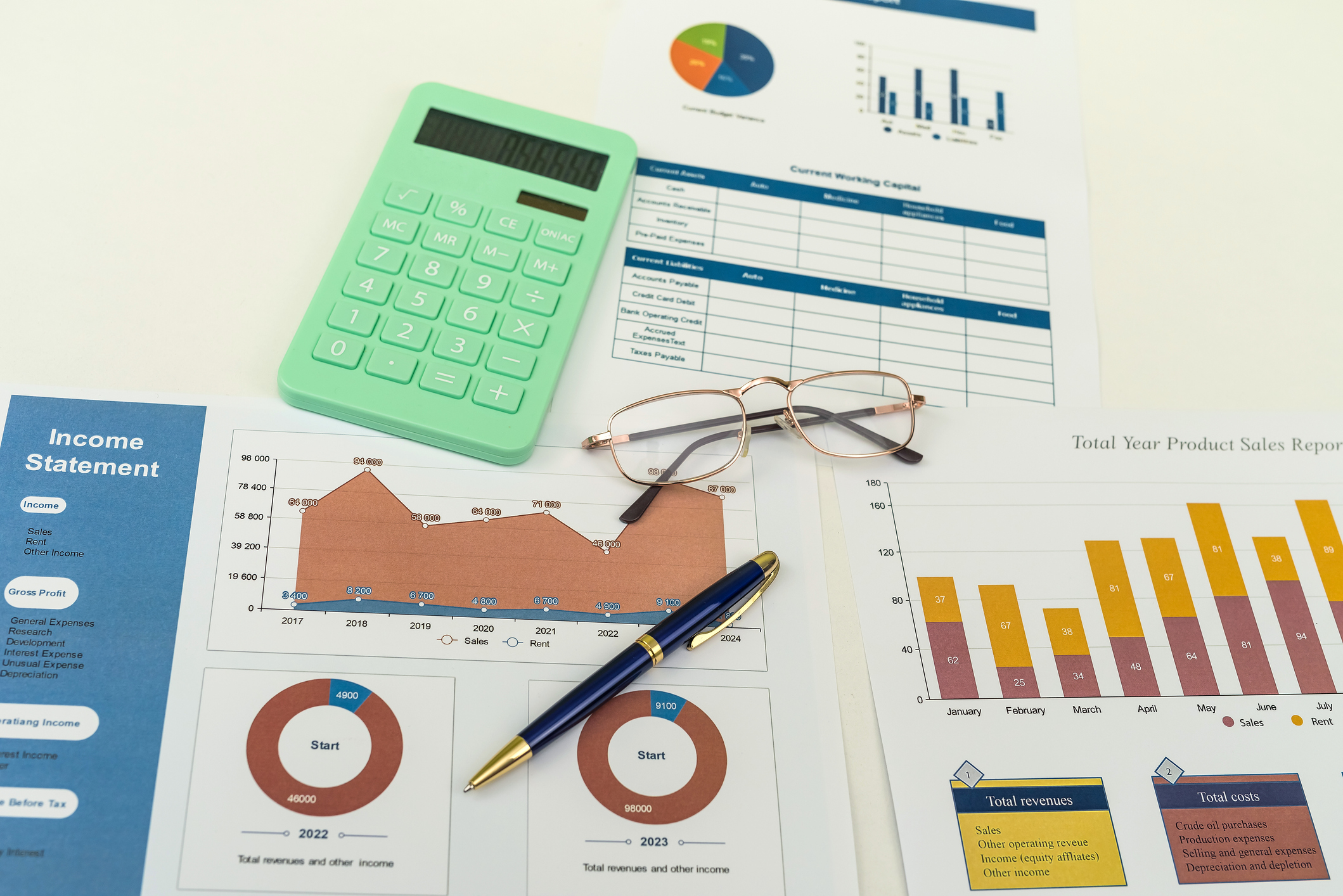A brand new business owner may only sometimes be found as a financial expert. It is quite common and natural that a start-up is often required to take a loan. Investors normally wish to be provided with an extensive financial analysis and data before considering granting any such loan to the owner for their start-up.
So, what is this data, and where does it come from? The data is from the bookkeeping records that calculate the company’s financial ratios. These ratios define the health and well-being of a business, along with the risks. Investors are interested in seeing these facts and figures before deciding whether to invest in that business.
Ratio analysis is one of the most recognized methods to determine a business’s financial condition. These ratios are also found to be most helpful in making comparisons and assessments between a client and other companies found in the industry.
In accounting and bookkeeping, every one of the below ratios is extremely important for credit professionals to make informed decisions. They can judge and decide if they should or shouldn’t give credit to customers, exactly how creditworthy the business is, how much they should invest, and what the appropriate terms of sale should be.
Debt-to-Equity Ratio
The debt-to-equity ratio permits lenders to compare a company’s assets with its debts. A lender considers a business at high risk when its debt-to-equity ratio is high. They would much instead invest in a business where the ratio calculated is found to be of little or no debt.
To calculate the debt-to-equity ratio:
- Take a company’s recent balance sheet.
- Divide the total liabilities by their total figure of shareholder’s equity.
- Take, for example, a business with a figure of $200,000 as liabilities and a figure of $400,000 as assets.
That company’s debt-to-equity ratio will be calculated as 0.5.
Operating Margin
An operating margin calculates a company’s profit as a percentage of its total sales. Operating margins find a company’s total revenue and total profit. These figures give a clear picture of where the company is standing in terms of efficiency.
To find out a company’s operating margin, divide the income from operations by the total figure of net revenues. For example, a company with a figure of $1 million from $100 million yearly profits from their sales will have their operating margin calculated at 1%.
Current Ratio
The current ratio is used as a liquidity ratio. This ratio is calculated when the total sum of all current assets is divided by total liabilities. This ratio measures if you have sufficient assets to pay for your liabilities. If your current ratio is calculated to be two, you have twice as many current assets as your current liabilities.
This ratio is similar to the debt-to-equity ratio, though in this case, total assets are divided by total liabilities instead of liabilities divided by shareholder’s equity.
Inventory Ratio
A company’s production and purchasing efficiency can be calculated by using the inventory ratio. The inventory ratio gives a fair picture of how often the company can sell its inventory for a specific period.
To calculate this ratio, divide the entire cost of the services or products sold by the whole inventory cost. If the ratio is higher, the company is more efficient at turning over its inventory. Lenders will consider such businesses as creditworthy and most likely to be successful and productive for investment.
Let’s take an example of this. If a business has sales of $500,000 and inventory of $100,000, the inventory ratio calculated will be 5-to-1.
Conclusion
In conclusion, understanding financial metrics is vital for new business owners, especially when seeking investments or loans. Financial ratios derived from bookkeeping records offer insights into a company’s health and risks, aiding investors in decision-making. Key ratios like debt-to-equity, operating margin, current ratio, and inventory turnover indicate financial strength and efficiency. Mastering these ratios empowers entrepreneurs to navigate financial challenges and attract potential investors, ensuring the success and sustainability of their ventures.
 About Complete Controller® – America’s Bookkeeping Experts Complete Controller is the Nation’s Leader in virtual bookkeeping, providing service to businesses and households alike. Utilizing Complete Controller’s technology, clients gain access to a cloud platform where their QuickBooks™️ file, critical financial documents, and back-office tools are hosted in an efficient SSO environment. Complete Controller’s team of certified US-based accounting professionals provide bookkeeping, record storage, performance reporting, and controller services including training, cash-flow management, budgeting and forecasting, process and controls advisement, and bill-pay. With flat-rate service plans, Complete Controller is the most cost-effective expert accounting solution for business, family-office, trusts, and households of any size or complexity.
About Complete Controller® – America’s Bookkeeping Experts Complete Controller is the Nation’s Leader in virtual bookkeeping, providing service to businesses and households alike. Utilizing Complete Controller’s technology, clients gain access to a cloud platform where their QuickBooks™️ file, critical financial documents, and back-office tools are hosted in an efficient SSO environment. Complete Controller’s team of certified US-based accounting professionals provide bookkeeping, record storage, performance reporting, and controller services including training, cash-flow management, budgeting and forecasting, process and controls advisement, and bill-pay. With flat-rate service plans, Complete Controller is the most cost-effective expert accounting solution for business, family-office, trusts, and households of any size or complexity.



